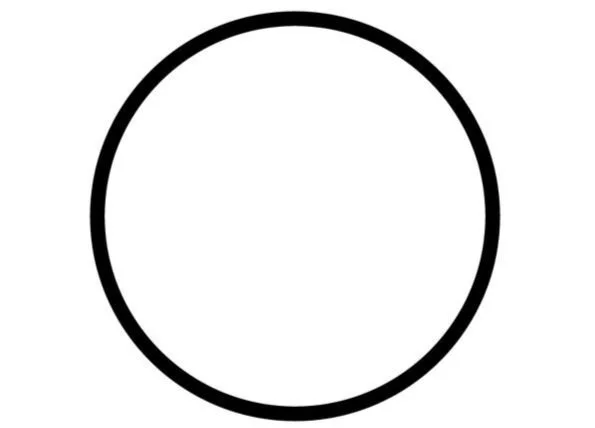What is an IVFA?
Intravenous fluorescein angiography (IVFA) is a form of diagnostic imaging used to assess retinal and choroidal vasculature.
It involves:
(1) Injection of intravenous fluorescein dye
(2) Visualization of enhanced retinal veins and arteries
(3) Capturing of real-time, high-resolution images from both eyes while dye flows through the retinal and choroidal vasculature.
How Does Fluorescein Angiography Work?
Fluorescent dyes photoluminesce - they absorb light in one wavelength and emit light at a different wavelength.
IVFA fluorescein molecules absorb light in the blue light range (465 nm to 490 nm) and emit light in the yellow-green range (520 nm to 530 nm).
The fundus camera is equipped with two filters:
An excitation filter that absorbs 465-490 nm light, allowing only blue light to pass from the camera flash and excite the fluorescein.
A barrier filter in the 520 to 530 nm range, allowing only light emitted by the fluorescein molecules to pass through and be captured in the image.
Rules of the IVFA
The Choriocapillaries
Choriocapillaries are fenestrated, so dye diffuses readily through giving the characteristic choroidal blush.
The Retinal Vessels
Retinal vessels do not have fenestrations. They form a tight blood - retinal barriers. Dye does not diffuse through the retinal vascular endothelium or the retinal pigmented epithelium in a healthy eye.
Disease states can compromise this retinal-blood barrier causing patterns of hyper or hypo-fluoresence.


